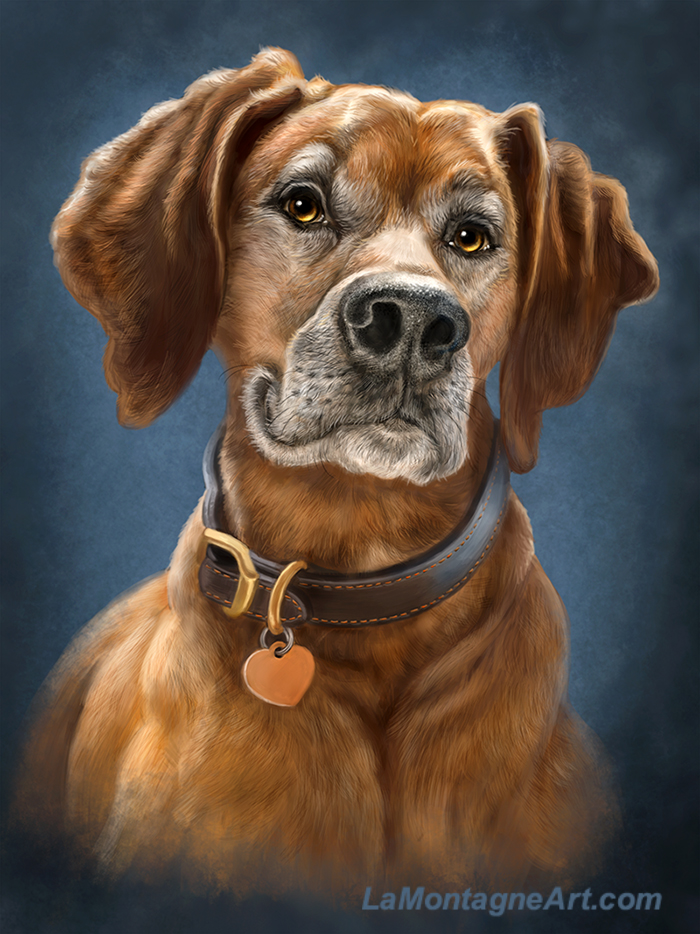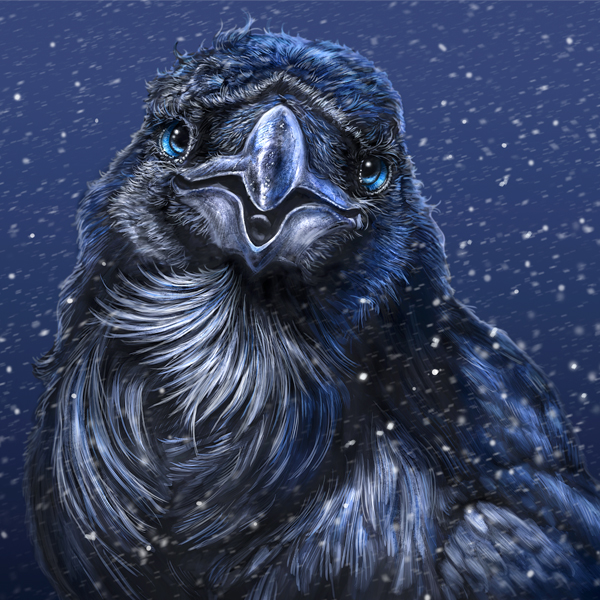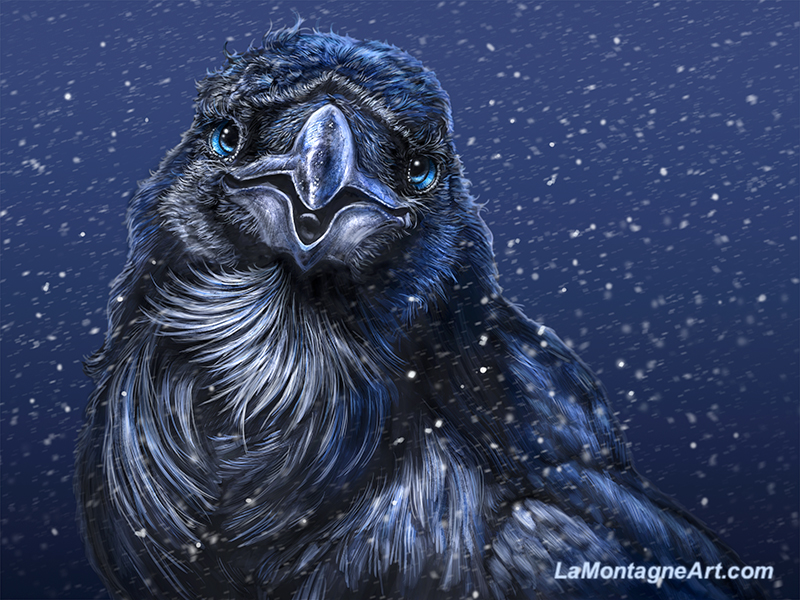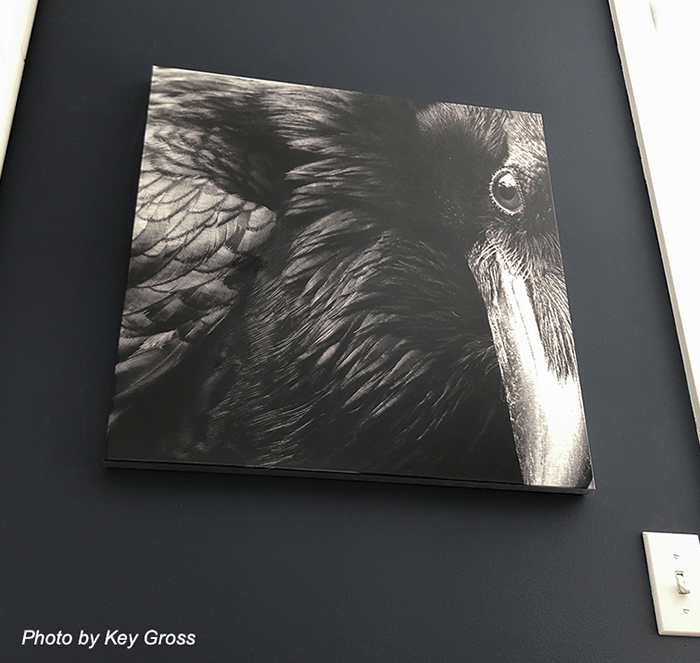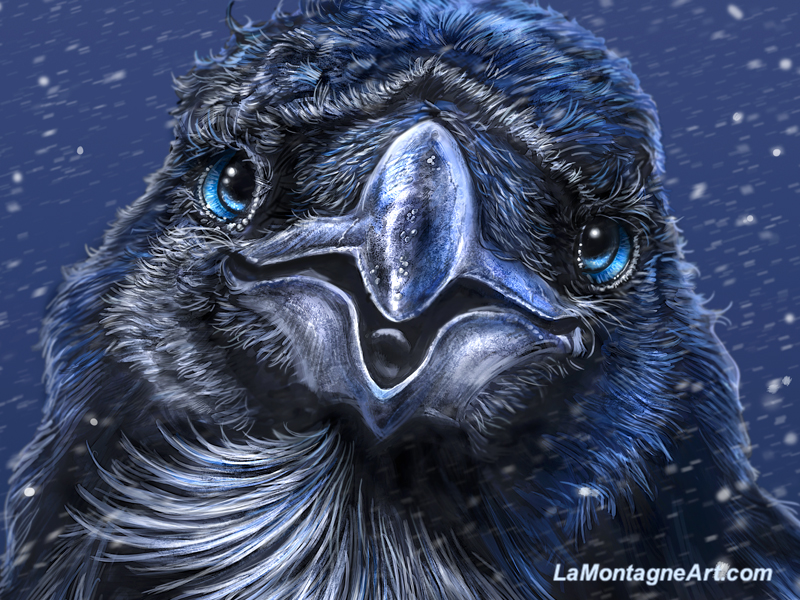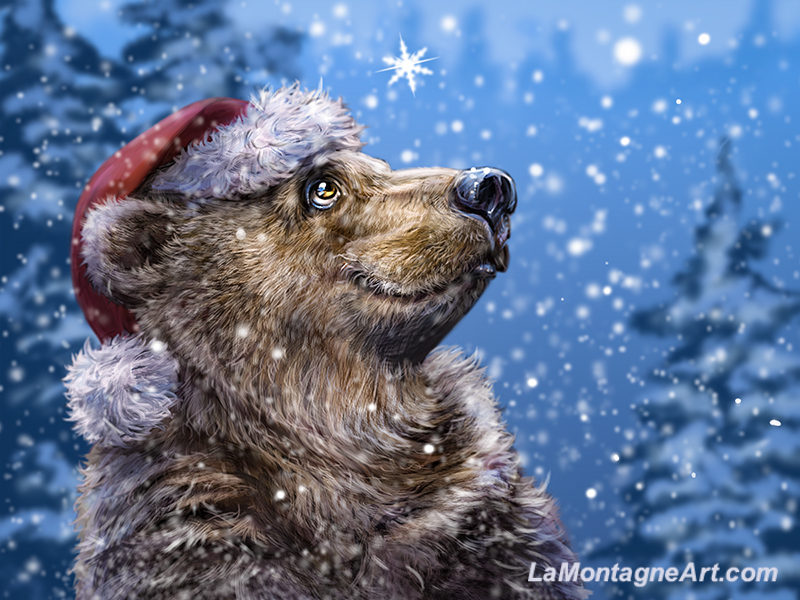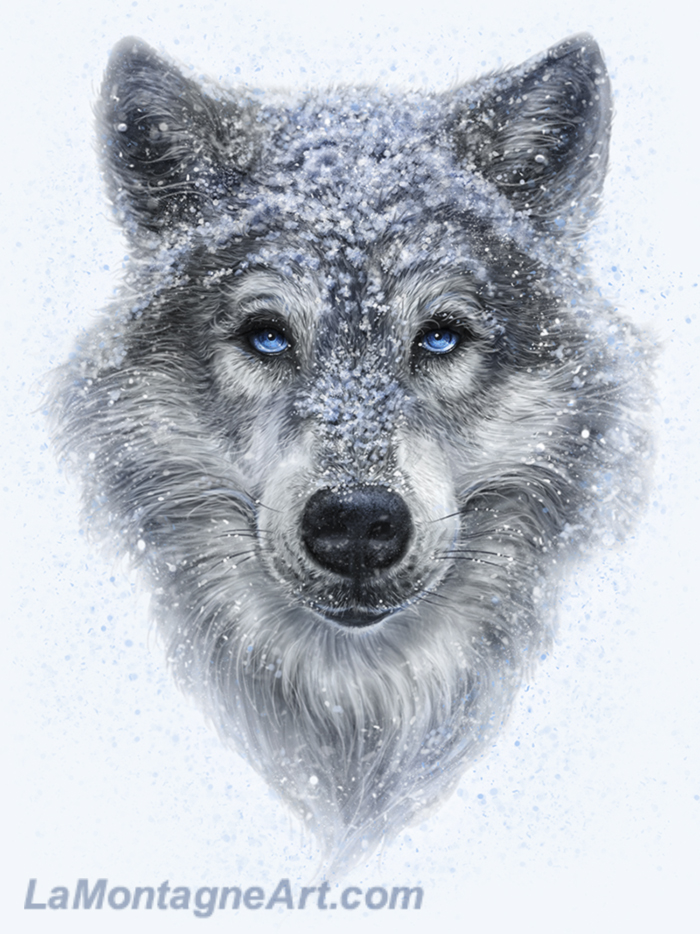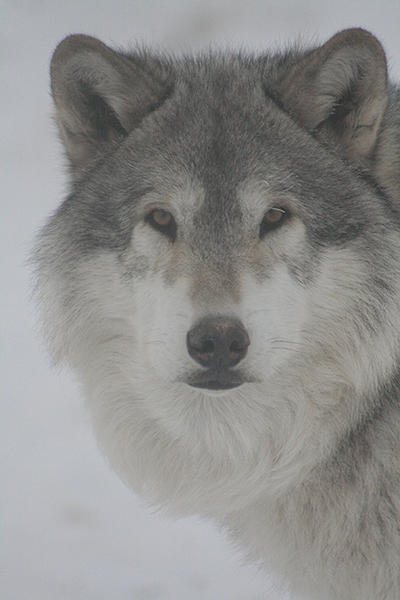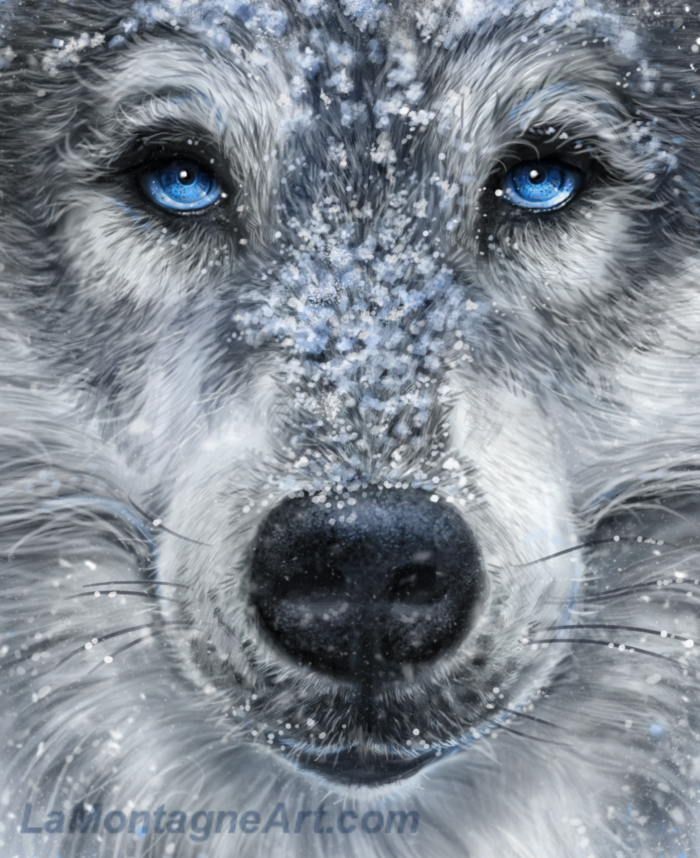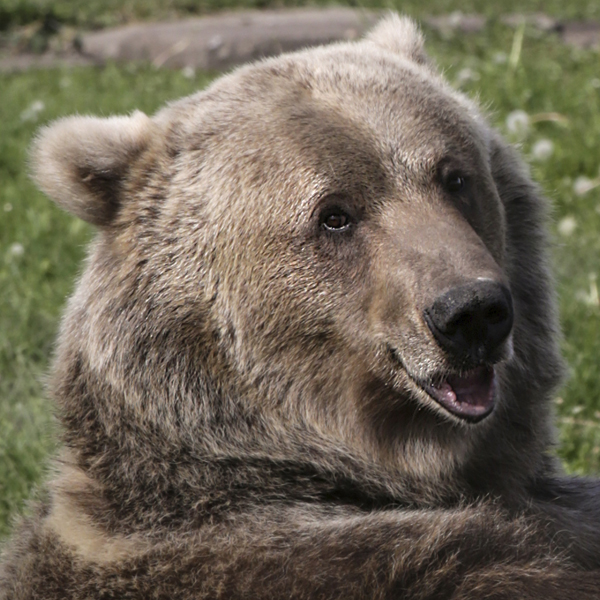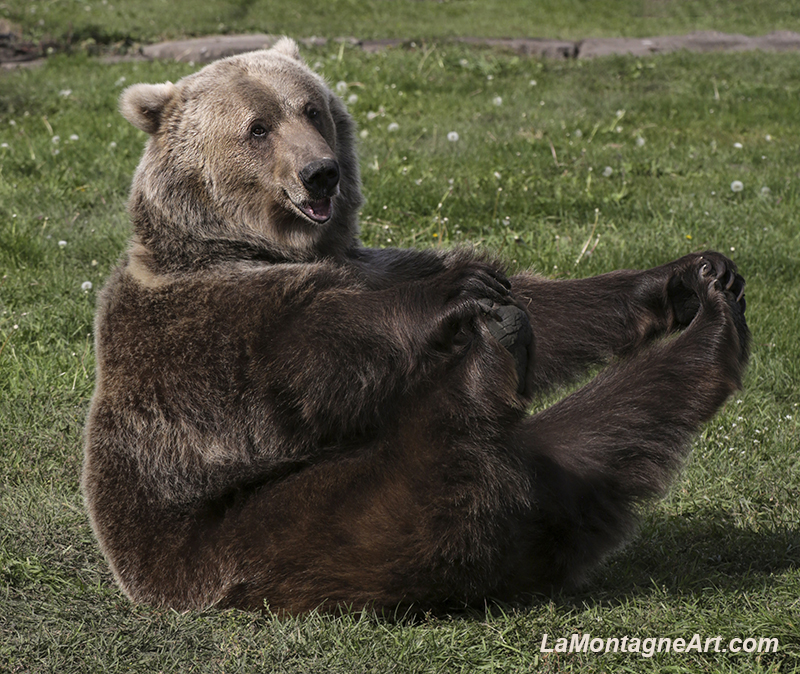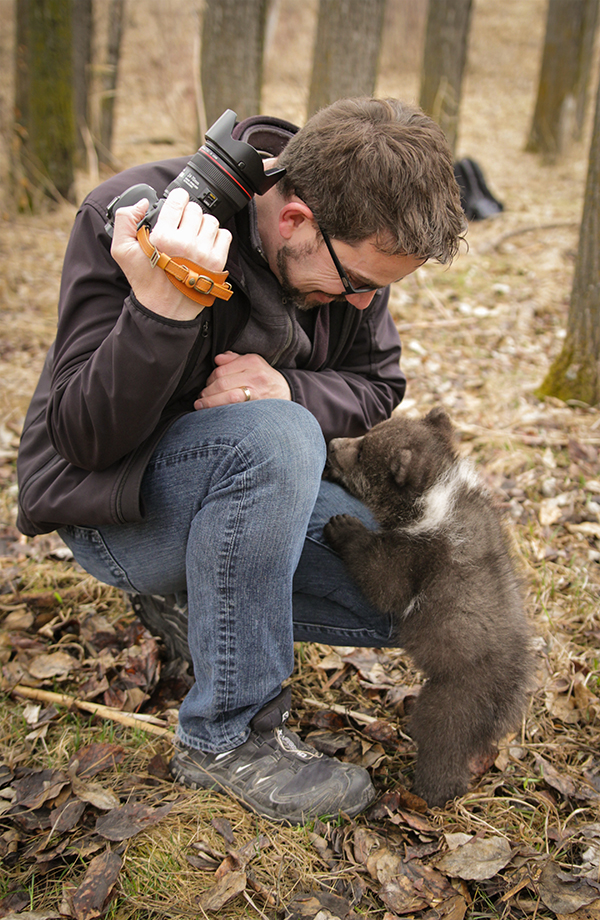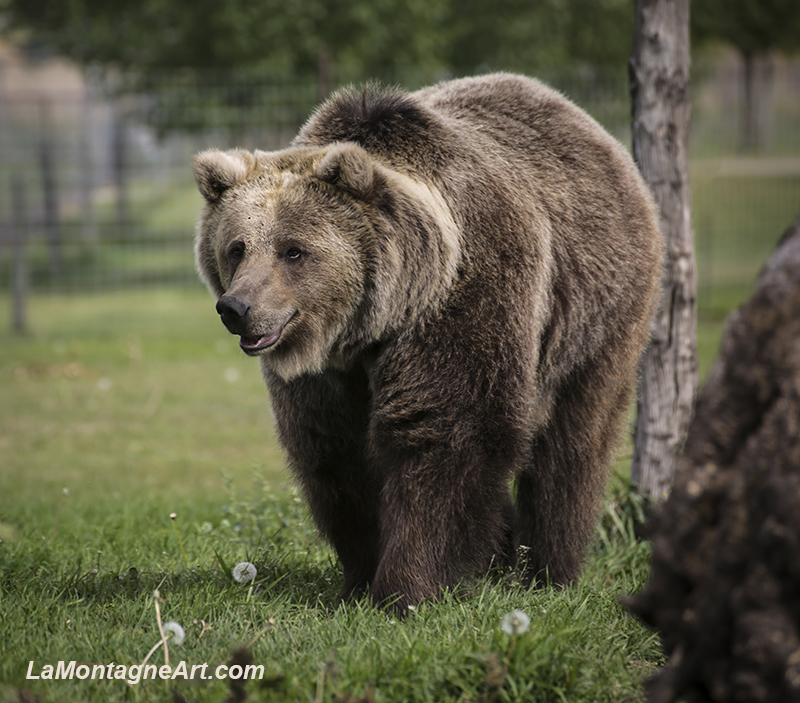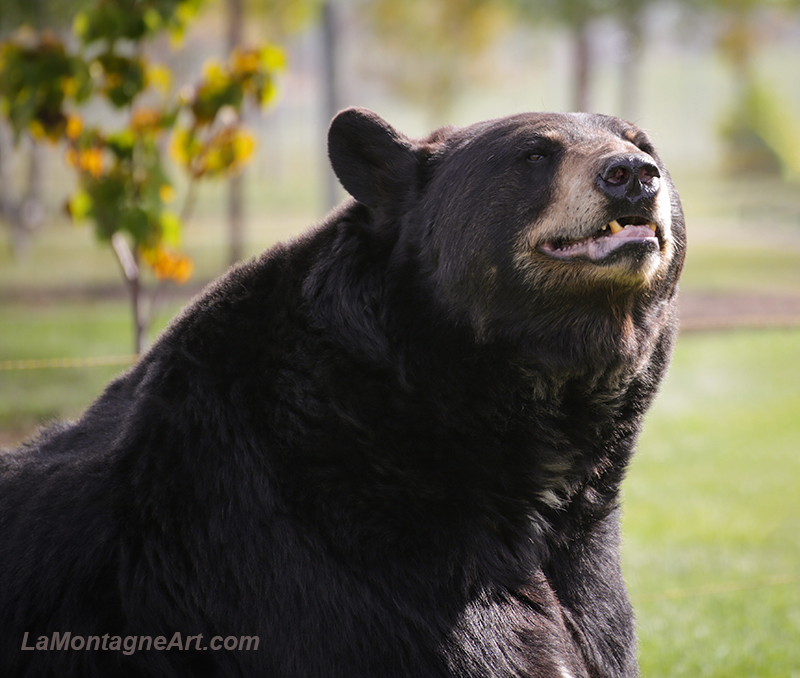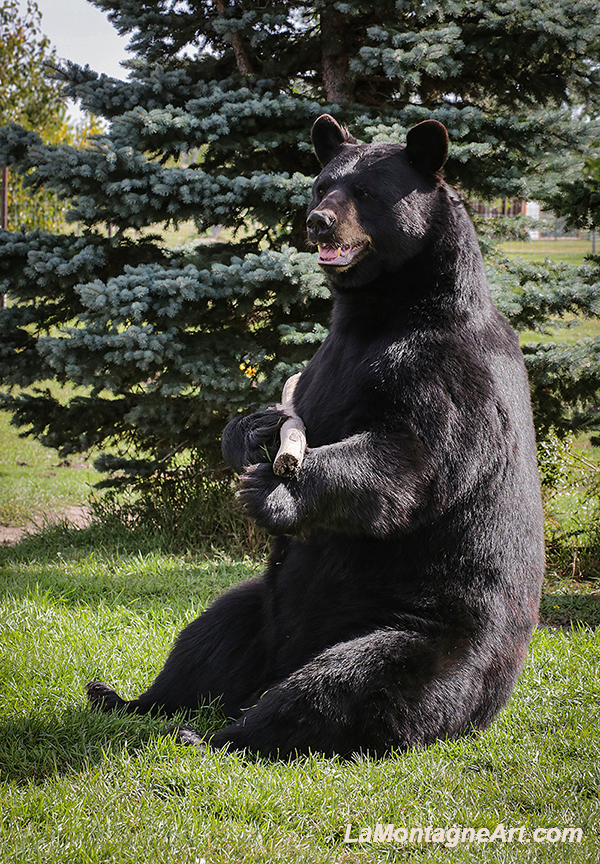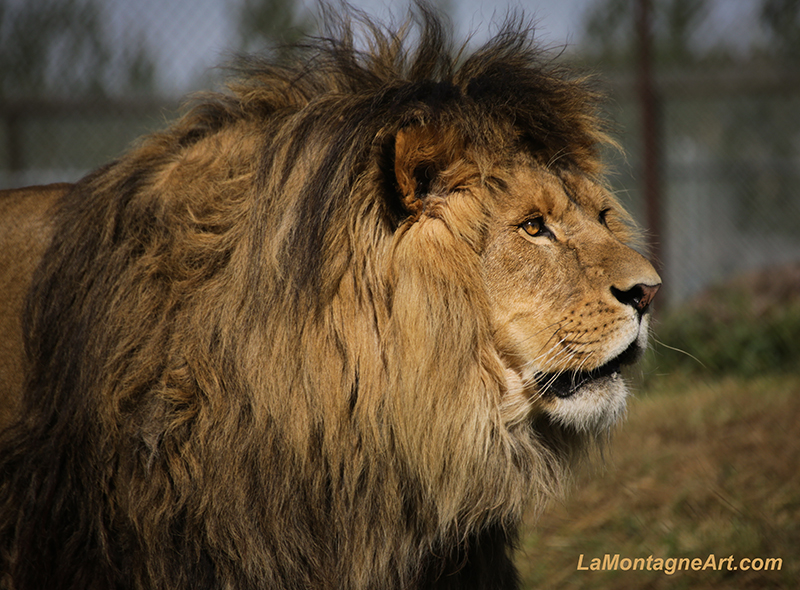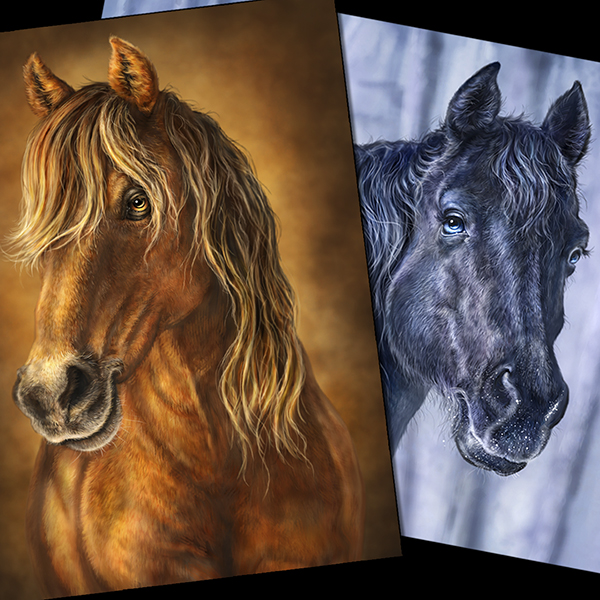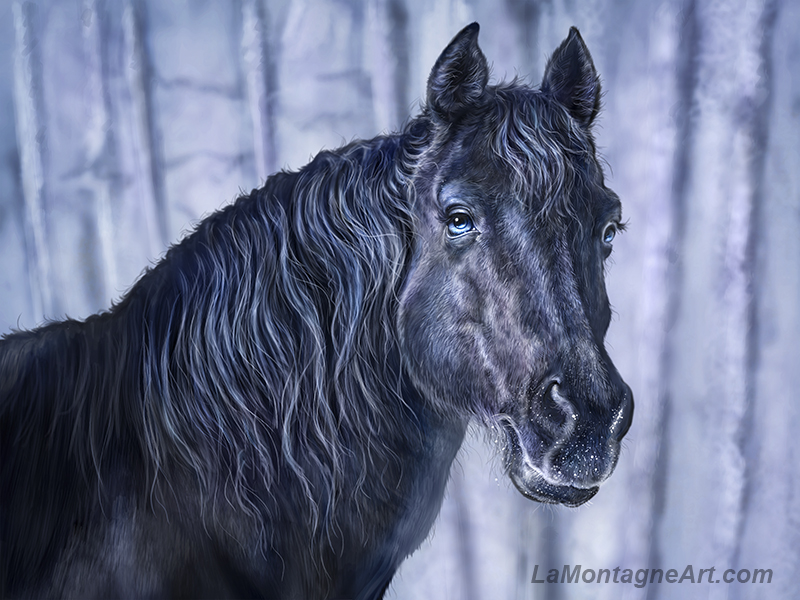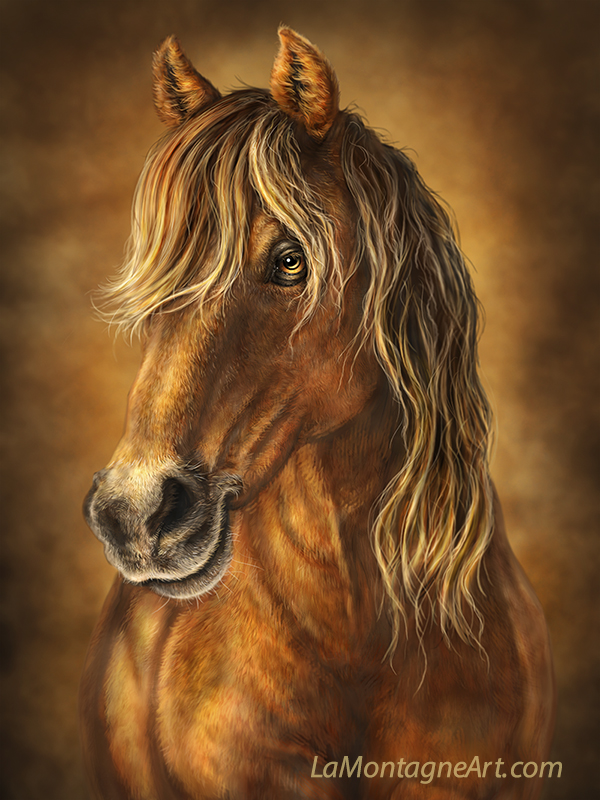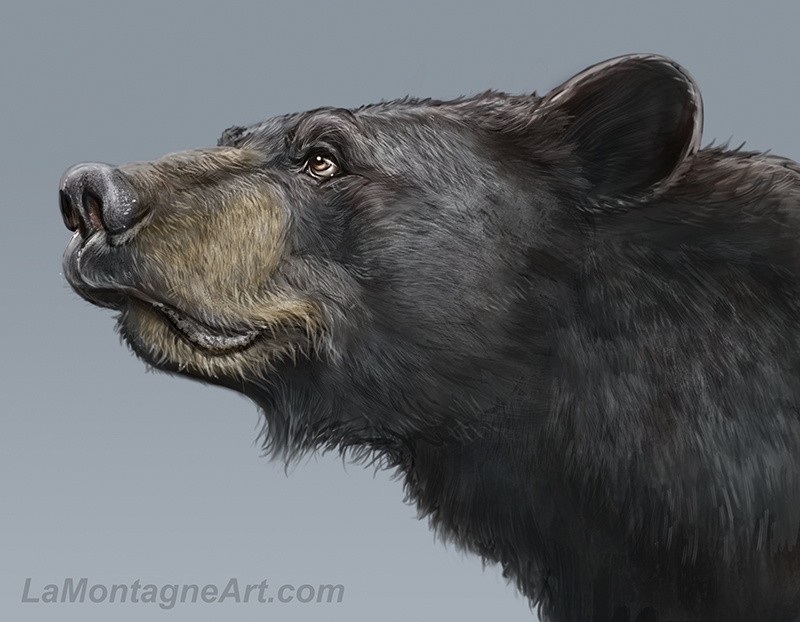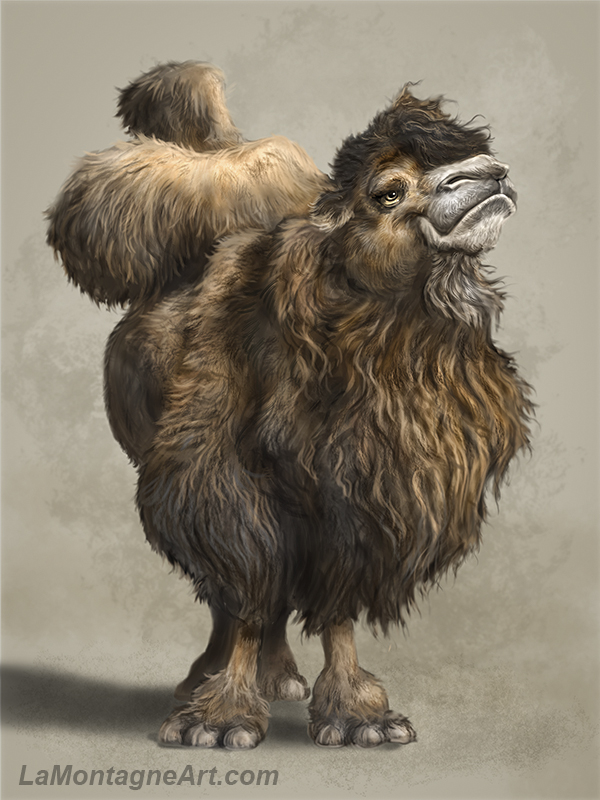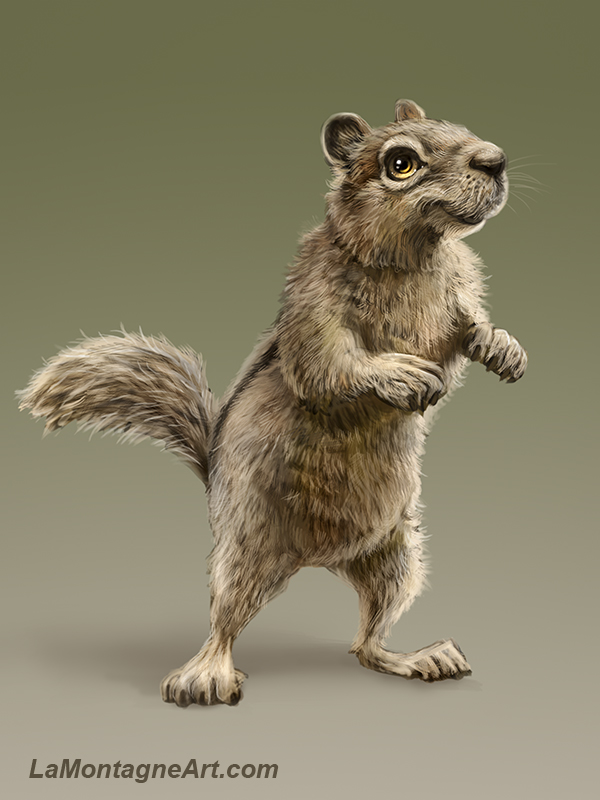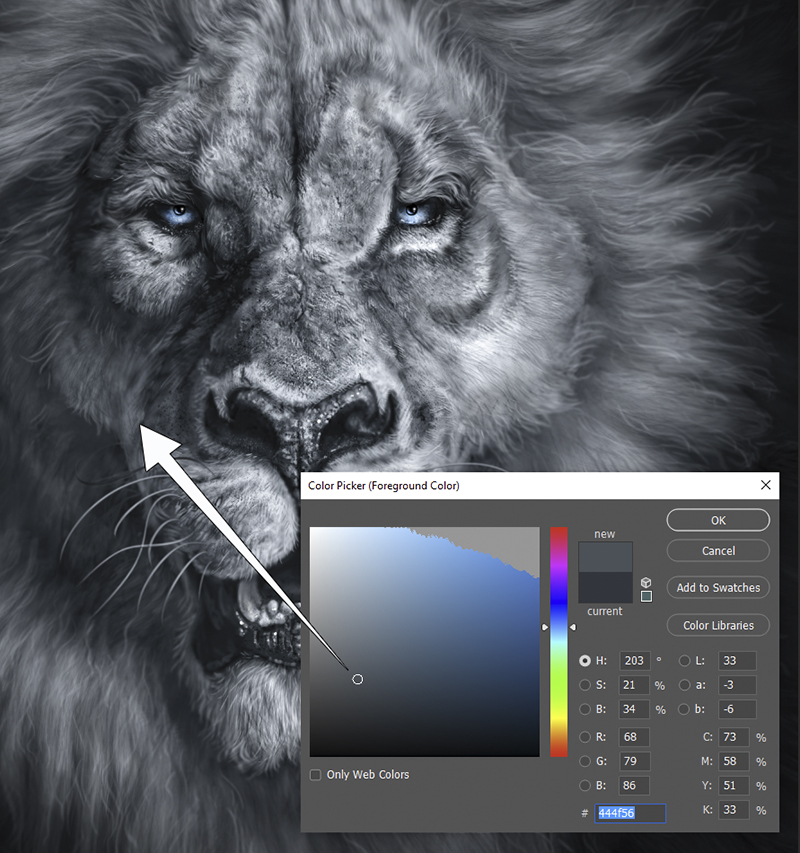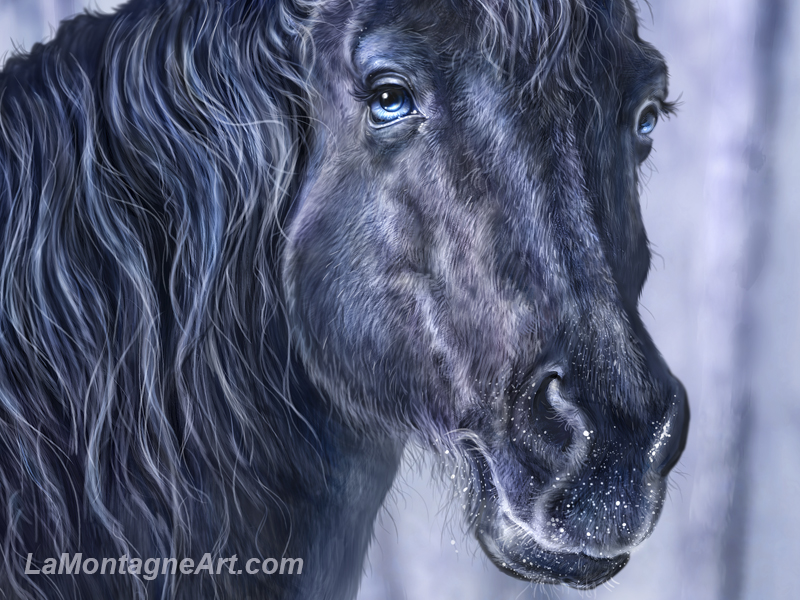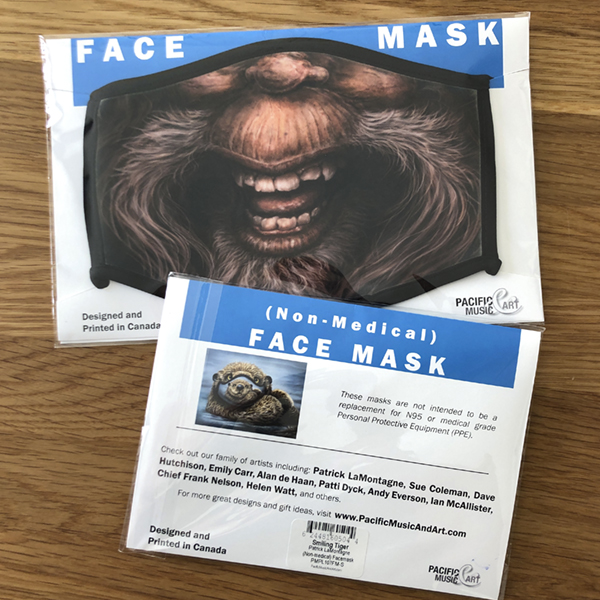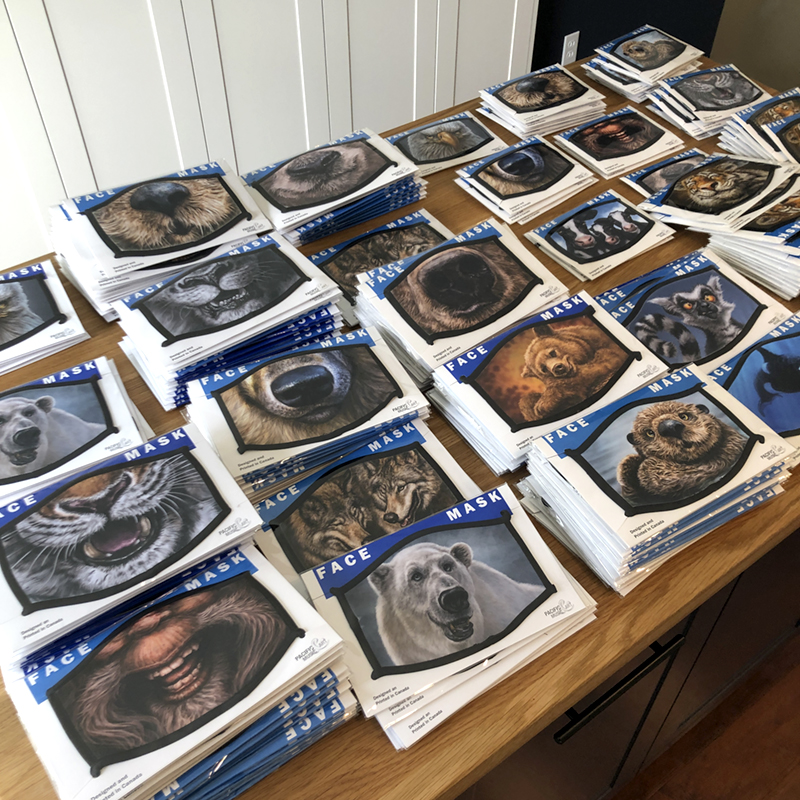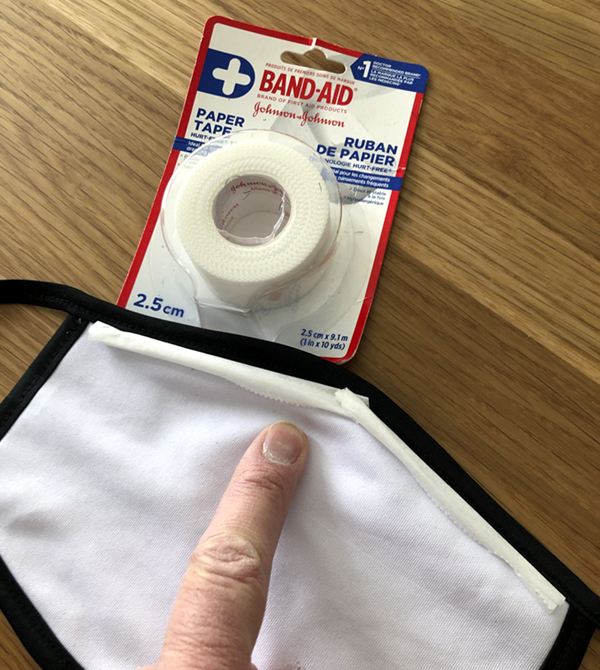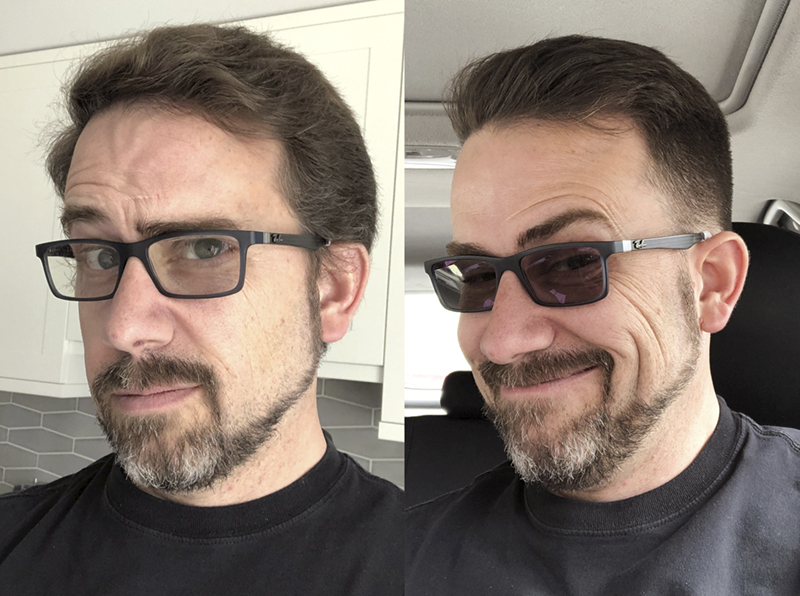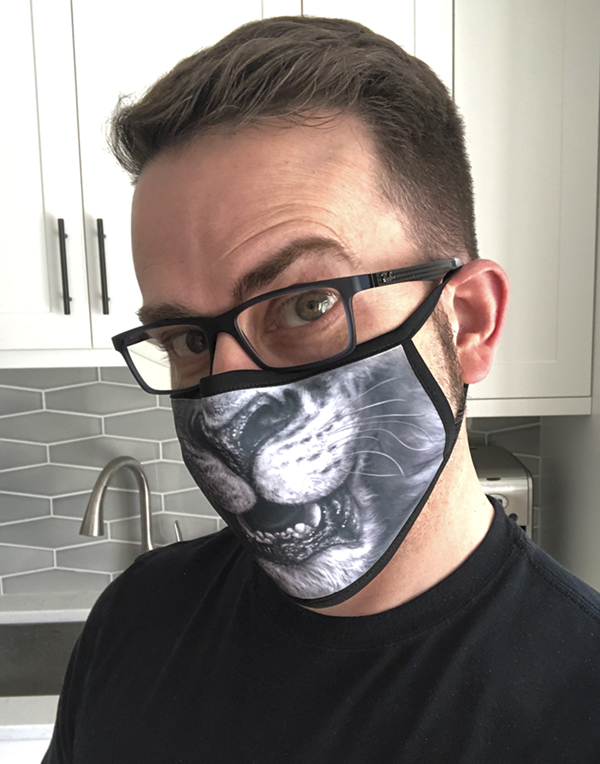
Meet Wellington Bomber, a Rhodesian Ridgeback and my latest commission. Having shown it to the happy client this morning, I can now share it with you. I’ll let it sit for a day, give it one last critical eye, then send it for printing tomorrow morning. I hope to ship it later next week.
It was a privilege to paint Bomber, and I quite enjoyed this one.
This particular painting was an unusual circumstance as the commission was a gift purchase, so I only talked with the recipient after the fact. I usually don’t accept these commissions because they have created problems if the recipient isn’t familiar with my work. Assured that Bomber’s owner knew and liked my work, I took the gamble.
I need not have worried. Both the giver and recipient of the gift were ideal clients. From start to finish, this was a perfect commission experience.
Painting pet portraits is a challenging undertaking. I know plenty of artists who don’t take commissions because they can be a minefield of unwanted surprises.
When the experience is good, however, it’s usually great. I’ve had some fantastic clients, and it’s those paintings that keep me doing this work. More than one client over the years has said that I made them cry, including this one. Let me tell ya; there’s no better compliment.
For other artists, clients and the merely curious, here are some of the hurdles involved with pet portrait commissions.
Photo Reference
Given a choice, I would always take my reference photos, but since most clients aren’t local, that’s rarely possible.
It can take some time to find the right images, which means back-and-forth emails with clients. Most of the pet portraits I’ve painted have been memorials. When the animal has passed on, my only choices are what they have. I’ve turned down commissions for lack of good reference.
Are we On the Same Page?
Clients hire me for one of two styles, and I require a clear understanding of which before I begin. Do they want a portrait style or my whimsical wildlife style?
When it’s a memorial commission, the client most often wants a traditional portrait.
Sometimes the client will say they want my whimsical style, but then they attach conditions and limitations. One client had a big slobbery dog I was excited to paint because I was going to put some long stringy drool and goofy personality into that face.
The client asked that I paint my style, but make him look more dignified with no slobber at all, which are conflicting instructions. To this day, I wish I could have done my version.
When I have the freedom to paint the way I see it, the painting could end up goofy or with slightly less caricatured expression, depending on how it comes together. Clients who agree to allow me that freedom usually get something pretty special.
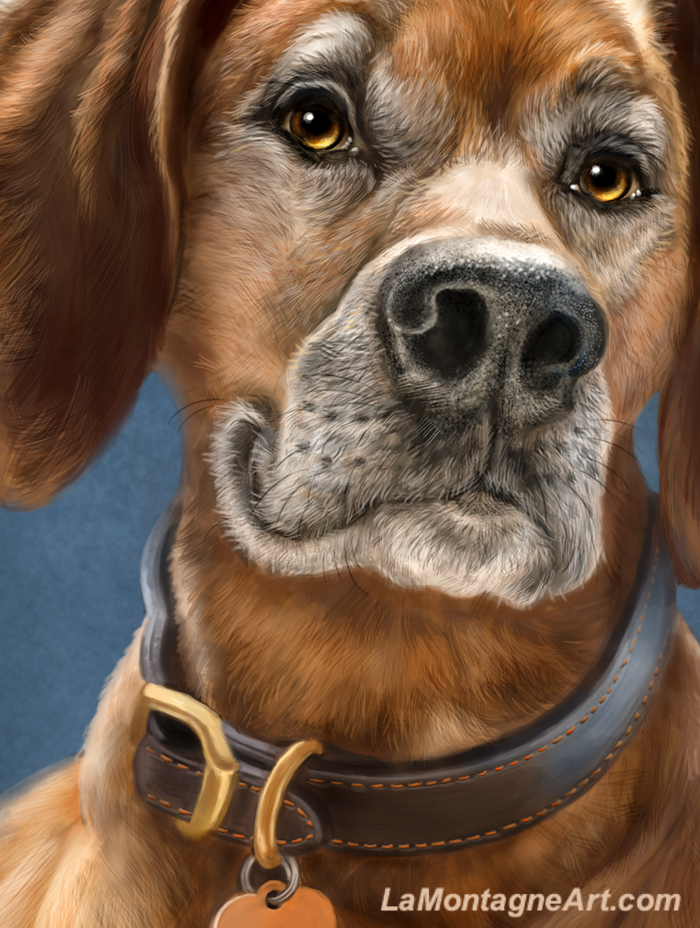
Price
Some bristle at the price tag, and I think it’s because we’ve become accustomed to online mass-market gimmick art, especially when it comes to pets.
No doubt you’ve seen those ads where they stick your dog’s head on the body of royalty or a military general in a renaissance-style portrait for under $100.
You choose from a handful of template options and backgrounds, upload the photo of your pet, they cut, paste, apply filters, and voila, Fido looking cute in a faux classic oil painting. Anybody with Photoshop experience can easily create that sort of image.
For a fun, inexpensive novelty item, there’s nothing wrong with that. You’ll get what you paid for, and I’m sure many people find it amusing and enjoyable. It’s also the same thing that thousands of other people got.
Hiring an artist to paint a custom painting of your pet is a whole other animal; pardon the pun. You’re buying an original piece of art that’s personal to you.
There’s a significant amount of time involved in a pet portrait, from the initial consultation to delivery of the finished painting. My price includes a ready-to-hang medium-sized canvas print and shipping, but the cost for that is more than it seems.
I have my canvases printed professionally in Calgary by ABL Imaging. Their quality standards are high, which means I never have to apologize for cracked seams, inferior quality wood on the stretcher bars, or the wrong colour. If I wouldn’t hang it in my home, I won’t expect a client to hang it in theirs.
But quality costs.
For a one-off 12″ X16″ print, it costs me around $150. Then there’s the 2.5-hour drive round trip to Calgary to get it. If I’m running other errands or going to the zoo to take photos, it’s a detour and worth it. If not, I’ll have a courier pick it up. That’s another $35.
If I’m shipping the canvas, that’s more time and materials, plus $30-$50 depending on where it’s going.
That’s just the cost of production and time, and we haven’t even got to the creative part, which is where the real value exists.
Time
Whether it’s art for a living or any other service provided by a self-employed professional, pricing needs to factor in time. You can’t create two things at once, at least not well.
There is time spent talking with the client, checking reference photos, explaining why one works and another doesn’t, having email conversations to ensure expectations are reasonable and that there’s a shared vision. That consultation time adds up.
Most importantly, when I’m working on a commission, that’s time I’m not working on editorial cartoons or paintings for prints and licensing.
Then there’s the actual painting time. A commission will usually require a minimum of fifteen hours, but most likely more, spread out over a few weeks, depending on my other deadlines. I treat the likeness and personality as I would that of a portrait of a person. It has taken me decades of training, practice and experience to create my signature style of artwork.
Just as a skilled trades-person commands a professional rate, so do creative professionals. People often think that because an artist enjoys his or her work, that they will (and should) gladly do it for free.
The work we choose to create is the work we enjoy most. The work somebody else wants us to do, that comes at a price. You are buying not just my art skills that took a lifetime to master, but also my work time, which I never get back.
This latest commission was a real challenge. I had a hard time with the personality, mainly because the dog is a senior. Goofy didn’t seem to be the right direction, so most of the character had to be more subtle, and I spent hours trying to get it right.
It was only when I stopped trying to force it that the personality showed up. I’m happy with the result, and my standards are so much higher than that of my clients.
Friends and Family
In my experience, artists are notorious people pleasers and pushovers, most often to our own detriment.
Friends, family and even total strangers often strongly suggest that they expect a discount or free painting, or they outright request one.
Most people mean well and don’t consider it a big deal, nor do they realize that they’re the 100th person who has asked you to paint their pet “in your spare time.”
Like most people, I don’t have spare time. Ever.
Live long enough, and you accumulate many friends and acquaintances, most of whom are genuinely lovely people, all of whom you want to give a discount.
But sooner or later, you’re going to lose your business because you wanted to be a nice guy.
The hardest thing people pleasers need to learn is how to say No. I’ve struggled with this my whole life. The worst part of it is when people get used to you saying Yes all the time, they’ll resent you when you say No.
Suddenly you’re not the nice person who has always been agreeable to their requests; you’re the rude person who has gotten too big for his britches.
Sometimes, it’s personal.
From time to time, I may want to paint somebody’s dog, for the same reasons I want to paint a wild animal. I see something I like, or I have a connection with the dog or cat, or I want to give a gift that only I can give.
I’ve painted my parents’ dog, who passed away last year, and I will undoubtedly paint their new dog.
Our next-door neighbours have a wonderful dog that Shonna and I adore. Running into her in the driveway never fails to brighten our day, and she gets offended if we don’t visit for even just a minute. I’ve already taken reference of her when she was still a big puppy, and I’m going to paint her eventually.
I’ve talked about the cabin north of here that friends and I have gone to in recent years. I drive by the owners’ place on the way to the cabin, and even if I know they’re not home, I stop to visit their dog, Jingles. I painted her in a portrait style simply because that’s what felt right at the time. I was happy to give them a framed print as a thank-you for always being such great hosts.
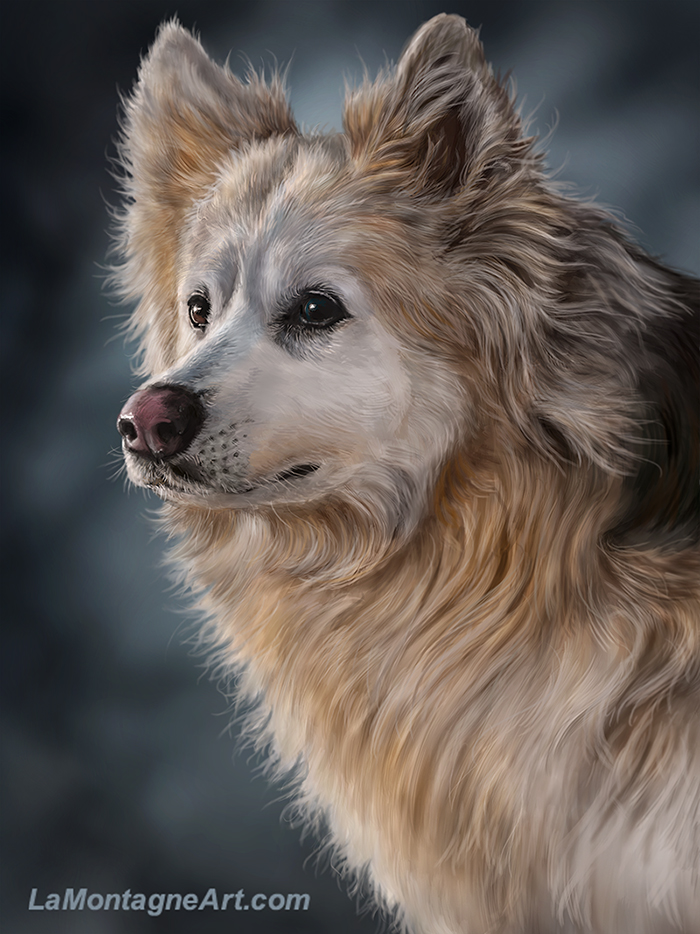 Whenever I finish these personal pieces, however, I always get messages and comments from people ‘offering’ to let me paint their dog, assuring me that their dog is adorable, cute, and has a great personality.
Whenever I finish these personal pieces, however, I always get messages and comments from people ‘offering’ to let me paint their dog, assuring me that their dog is adorable, cute, and has a great personality.
Almost every dog I’ve ever met matches that description, especially to their family.
But despite what most people think, art is a business, one that requires thick skin. Art for a living is finding a balance between producing work that pays the bills and making time for the work I want to do.
When I choose to paint a pet for my enjoyment, much like the portraits of people I paint, there is little to no market for that painting after the fact. People rarely want paintings of someone else’s dog to hang on their wall; they want a painting of their own dog.
Conclusion
When a client hires me to paint their pet, I take it seriously. Someone is choosing to spend a significant amount of their hard-earned money on a personal piece of my artwork. Depending on where they hang it, they might look at it every day for many years to come.
I owe every client my best work.
Whether you’re an artist thinking of offering pet portrait commissions as part of your menu of services or a client thinking of hiring me or someone else to create a piece of art personal to you, hopefully this has provided a little insight.
I’m fortunate that I’ve been able to create art for a living for many years. The artistic skills have been challenging to earn, often frustrating, featuring many course corrections and more than a few dead ends.
But by far, the hardest lessons I continue to learn have been about the business of art. People want art in their lives, but they often forget to view it the same way they do other services and products. What’s worse, artists themselves are often the worst failures at running their own businesses for the same reason.
And to those artists, I will leave you with three critical thoughts.
Creating art is easy. Selling art is hard.
If you don’t value your own work, nobody else will, either.
Trying to please everybody is a recipe for misery, in art and life.
Cheers,
Patrick
A Final Word on Commissions
From recent market consultation and after careful consideration of my work’s value, I have increased my commission rate to starting at $1900.00, which includes the ready-to-hang canvas print and shipping. That rate is effective immediately, but my newsletter subscribers can still lock in the current rate of $1100.00 by booking a commission with a non-refundable deposit by March 31st.
.
 © Patrick LaMontagne
© Patrick LaMontagne
Follow me on Instagram @LaMontagneArt

